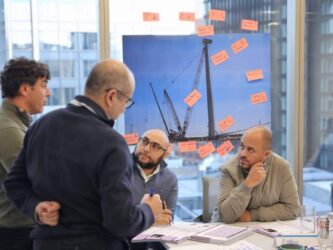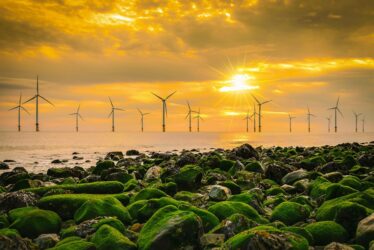A staggering 3.3 million new direct jobs are likely to be created in wind power world-wide in the next five years, according to the Global Wind Energy Council. This includes jobs in onshore and offshore wind, and covers everything from project planning and installation to O&M and decommissioning.
This is a good news story, isn’t it? And it’s not just about boosting jobs; it’s also about meeting urgent environmental targets and aiding post-Covid economic recovery.
But before we get too excited, alongside the opportunities, there are also challenges.
And the elephant in the room is training and skills.
Through the asset lifecycle 113 different specialists and trades play their role, whether in planning and development, construction, O&M, safety or decommissioning. But where are these people and these skills coming from? And it’s not just about the quantity of people required, but the quality too.
In the race to net zero, can we risk overlooking the role of human performance in optimising assets, managing costs and minimising project risk?
If these three million plus workers are to be deployed on the ground within a five-year window, time is already running out.
The industry needs to put skills development at the top of its agenda and rethink how it equips its future decision-makers. And it needs to do it now.
At ARMSA we have developed role specific performance support which redefines learning. With this new concept, role holders are in charge of what they want to learn and when. With access available 24/7, it is a powerful current of the daily workflow, enabling users to make informed decisions at the point of need. Nearly 200 people within the global wind energy sector are already using and benefiting from performance support.
To find out how we can help upskill your future decision-makers try our performance support demo, follow us and sign up to our Newsbyte below.
3.3M new jobs by 2025: A skills gap waiting to happen? © 2021 by Rakesh Maharaj – ARMSA is licensed under CC BY-NC-ND 4.0







